NASA’s Watts on the Moon Challenge seeks solutions for energy distribution, management, and/or storage that address NASA technology gaps and can be further developed for space flight and future operation on the lunar surface. Not only could novel solutions make a difference in lunar and space exploration, but technologies discovered during NASA’s Watts on the Moon competition could help facilitate new power options on Earth.
Category: space travel – Page 313
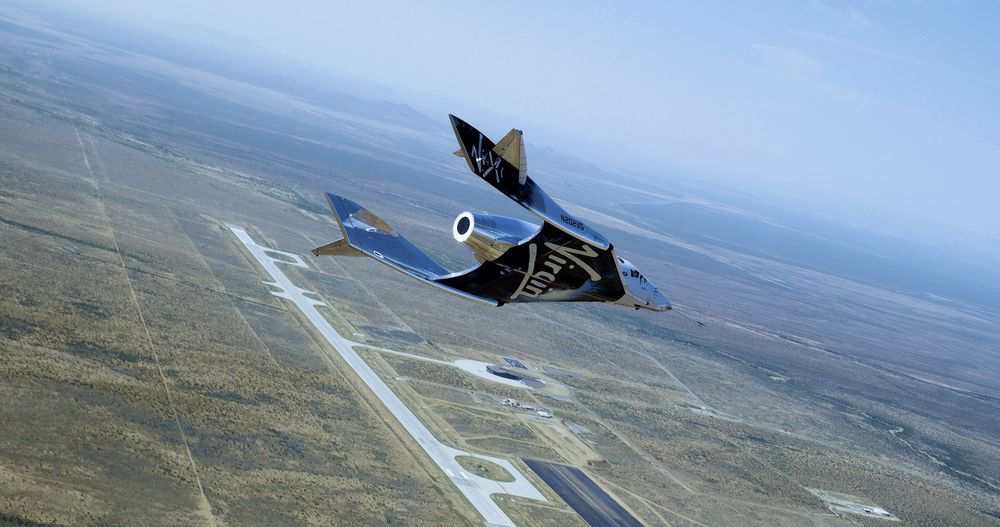
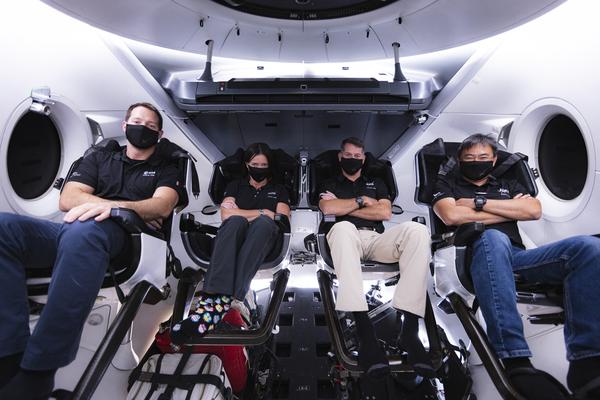
Astronauts that will launch on SpaceX’s third crewed flight are actively training to ride Dragon
ESA Astronaut Pesquet revealed Crew-2 has been actively training for “Mission Alpha” aboard Crew Dragon. He shared photographs via Twitter of him training on SpaceX’s Crew Dragon simulator which involves learning how to control the spacecraft’s functions via a trio of touchscreen displays. – “Here’s the posse together, training on @SpaceX crew dragon. @Aki_Hoshide looking like a boss, and all of us wishing we had as cool socks as our awesome pilot @Astro_Megan. #MissionAlpha,” he wrote. During training, all astronauts are wearing face masks to protect each other from the coronavirus respiratory illness, pictured below.
Here’s the posse together, training on @SpaceX crew dragon. @Aki_Hoshide looking like a boss, and all of us wishing we had as cool socks as our awesome pilot @Astro_Megan. #MissionAlpha pic.twitter.com/UCDJvTcRgp— Thomas Pesquet (@Thom_astro) September 23, 2020
To familiarize with the spacecraft, the astronauts train with an interactive simulator and touchscreen interface that is a replica of Dragon’s cockpit. Earlier this year, SpaceX released an online game that allows players to try to dock the Crew Dragon spacecraft to the Space Station, using similar controls the astronauts will use during their voyage in space. You can play the online game on SpaceX’s website: Crew Dragon Simulator.
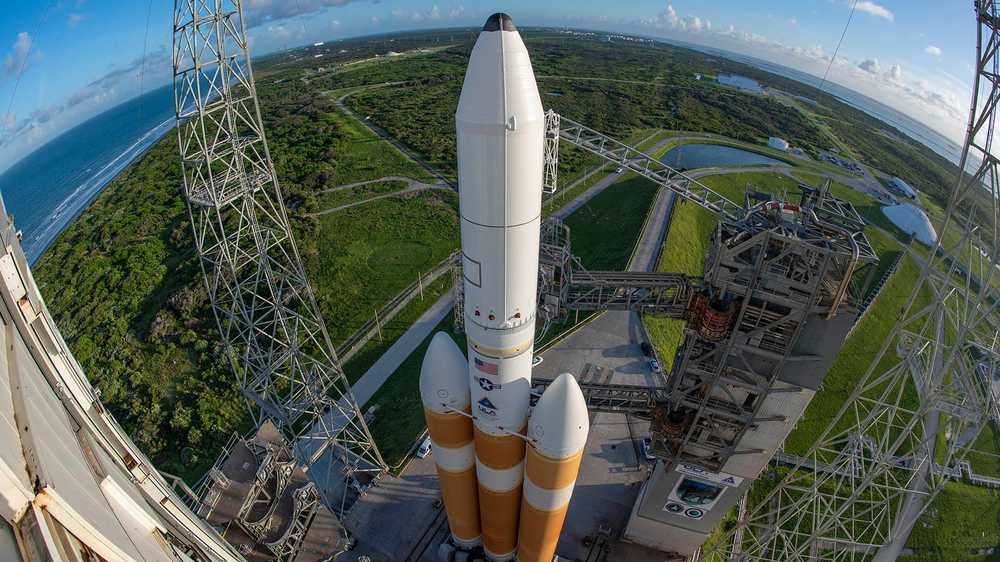
Space Coast gearing up for three rocket launches before end of the month
After a brief hiatus, the Space Coast appears to be on course to host a spate of rocket launches from three separate pads before the end of the month.
The latest Eastern Range schedule has both United Launch Alliance and SpaceX launching three missions starting early Saturday through late Tuesday, all of which will be handled by Delta IV Heavy and Falcon 9 rockets, respectively.
Two of the launches come after several delays due to weather and technical issues while the third is a last-minute addition by the Space Force.

Tesla & SpaceX CEO Elon Musk Honored with The Axel Springer Award: “Great Visions & the Indomitable Will to Achieve Them”
Featured image: Axel Springer
With his inventive and innovative spirit, Elon Musk has revolutionized several industries, from electric vehicles and batteries to space travel. This year’s Axel Springer Award goes to Elon Musk.
The Axel Springer Prize is awarded annually to outstanding individuals who are extremely innovative, create new markets and change old markets, shape culture and value social responsibility. Musk will accept the award on December 1, 2020, at Axel Springer’s headquarters in Berlin. The theme of the evening is “An Evening for Elon Musk — Mission to Mars.”

Details emerge about Tom Cruise’s future flight aboard SpaceX Crew Dragon
Earlier this year, Axiom Space announced it signed a deal with SpaceX to launch a crew of four private passengers to the International Space Station (ISS) aboard the Crew Dragon spacecraft. New details emerged about who those passengers will be, turns out, the voyage is booked for Hollywood actor Tom Cruise, who is notorious for putting his life on the line to perform his own stunts in the action-packed saga ‘Mission: Impossible.’
Cruise will ride alongside producer Doug Liman who will film the first movie in outer space. One of the passengers will be former NASA Astronaut Michael Lopez-Alegria. He is heading back to orbit as Dragon-ship commander for Axiom’s space tour with Cruise. SpaceX’s Falcon 9 rocket will propel Dragon to orbit towards the Space Station where they will stay for eight days to film in microgravity and enjoy beautiful views of Earth. The fourth passenger has not been revealed yet, it will probably be a Hollywood actress that will join them. They are scheduled to embark on a 10-day voyage to the Space Station in October 2021. These details were released in a graph about planned launches to ISS, created by Space Shuttle Almanac, pictured below.
So its confirmed that @CommanderMLA is flying the @Axiom_Space @SpaceX #CrewDragon tourist mission with Director @DougLiman & Tom Cruise. One seat still to be filled. They are to launch in October, 2021. pic.twitter.com/dn6SLvCOGz — Space Shuttle Almanac (@ShuttleAlmanac) September 19, 2020
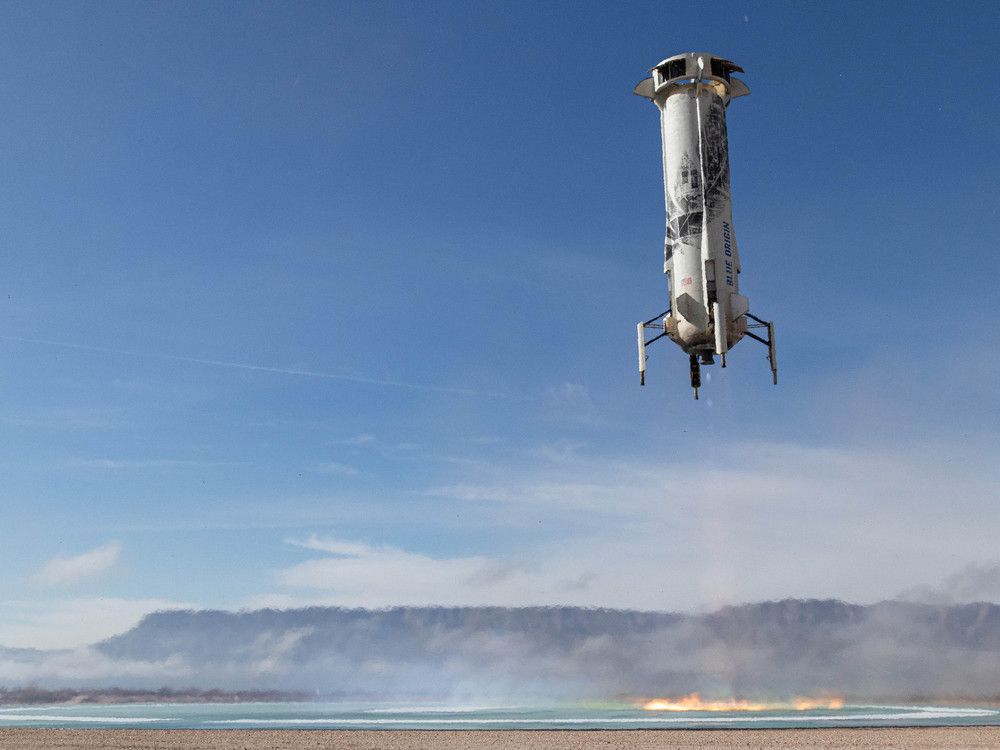
Blue Origin targets this Thursday for New Shepard reusable rocket launch with NASA landing system test
Blue Origin just announced the timing of its next rocket launch — and it’s surprisingly soon, in just two days, on Thursday, September 24. The launch of Blue Origin’s New Shepard vehicle will be its thirteenth overall for that category of launch craft, and the seventh in a row for this particular rocket. The payload will include an even dozen commercial cargo items, including a Deorbit, Descent and Landing Sensor Demonstration done in partnership with NASA — basically a highly precise automated landing system that will help NASA land on the moon and eventually Mars.
That payload is unique not just because of the technology involved in the landing system, but also because it’ll actually be mounted to the exterior of the New Shephard’s booster stage, rather than in the capsule that rides atop it. This is the first time that Blue Origin has carried a payload this way, and the company expects it could pave the way for similar future missions, enabling sensing at high altitudes, and experiments made possible through use of equipment exposed to the external environment.
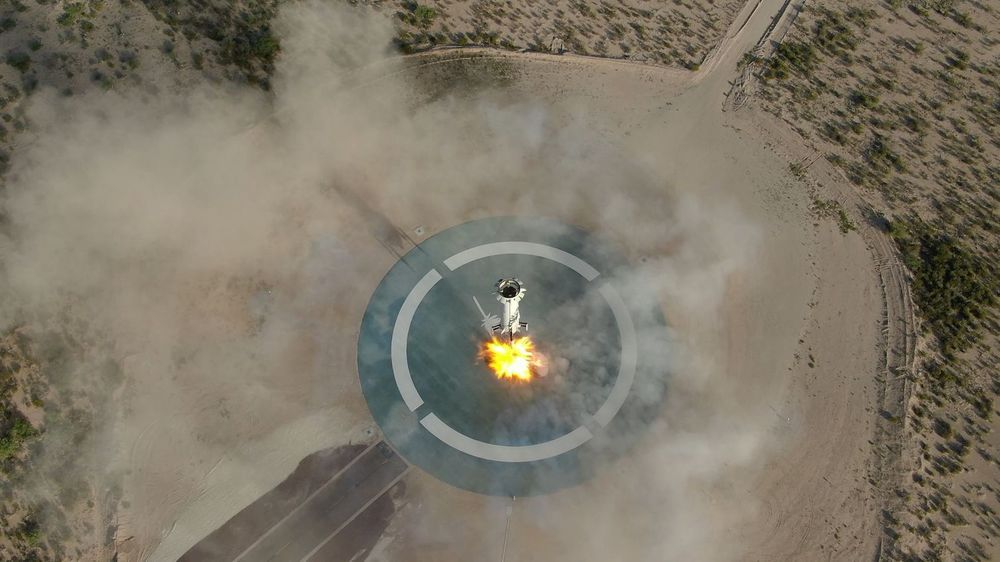

Former NASA Astronaut will be Commander of Axiom’s civilian flight aboard SpaceX’s Crew Dragon
Featured image source: NASA / spacex
Axiom Space Inc. is a Houston, Texas start-up, founded by Michael Suffredini who served as NASA’s International Space Station (ISS) Program Manager from 2005 to 2015. He was responsible for overseeing ISS transition from assembly to the initiation of commercial operations. Axiom is mostly staffed by NASA ex-employees, including former NASA Administrator Charles Bolden. – “The leadership team also includes world-class, specialized expertise in commercial utilization of microgravity, on-orbit operations, astronaut training, space financing, engineering, space system architecture/design/development, space medicine, marketing, and law,” the company states. Together, they are all working towards the commercialization of space.
Axiom aims to build a space station in low Earth orbit to continue operations once NASA retires the ISS program and moves beyond the orbiting laboratory to focus operations on the lunar surface. The company also offers spaceflights for regular civilians to experience microgravity and amazing views of Earth from ISS. “While making access to Low Earth Orbit global during the remainder of ISS’ lifetime, Axiom is constructing the future platform that will serve as humanity’s permanently growing home, scientific and industrial complex in Low Earth Orbit (LEO) – the cornerstone of human activity in space,” company states on its website.
Elon Musk revealed the plan for going to MARS!!
Do you know that 1 Starship can carry 100 passengers at a time to MARS!!
But how many would be needed for million people??
Watch yourself!!
#ElonMusk
#SpaceX
#MarsExploration
#SpaceExploration
Do you know that 1 Starship can carry 100 passengers at a time to MARS!!
But how many would be needed for million people?? Watch yourself!! #ElonMusk #SpaceX #MarsExploration #SpaceExploration